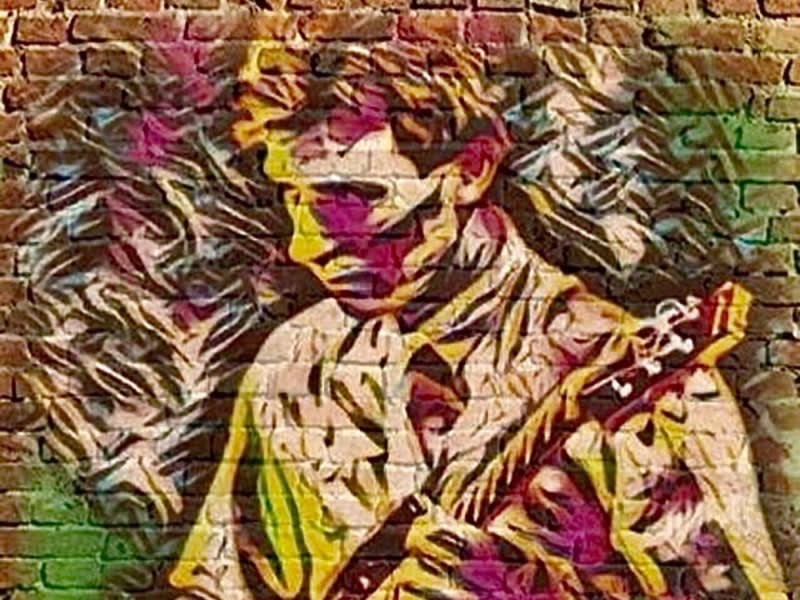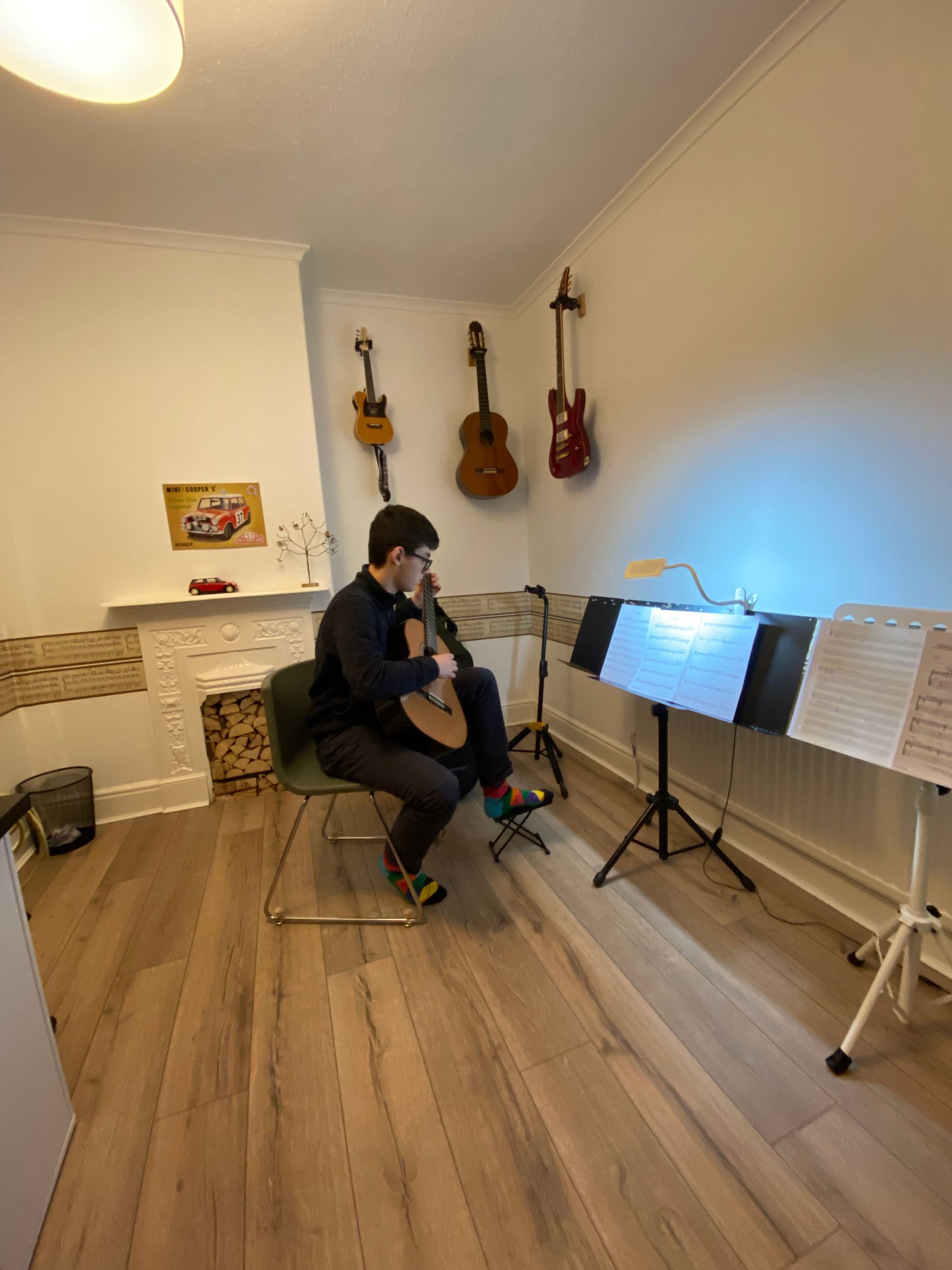HOW LONG DOES IT TAKE TO LEARN TO PLAY GUITAR?
BLOG 9/9/2023
Two questions people often ask when taking guitar lessons.
1.HOW OFTEN SHOULD I BE PRACTISING THE GUITAR?🎸
2. HOW LONG DOES IT TAKE TO LEARN PLAY THE GUITAR?🎸
1. Practising should ideally be done each day, keeping in mind that the idea is to become a little (or a lot) better than before you started the session.
At first, short periods and as often as possible.
Eventually, methods of practising can be learned which increase the efficiency of the process and avoid dead-ends. A good teacher will be able to advise you about the correct and efficient methods - there are many! It requires experience to learn the ways.....
Most people practise far too quickly.
Very slowly and accurately is best, gradually increasing tempo as you improve accuracy in time and rhythm.
2.HOW LONG DOES IT TAKE TO LEARN TO PLAY THE GUITAR?
Pablo Casals was one of the world's most accomplished Cellists.
He lived to the magnificent age of 97 and was still playing cello.
In his early 90s, he was asked by a journalist,
"Why do you still practise at your age?"
Pablo thought for a moment and replied,
"Because I think I'm starting to make progress." .......🤔
And that, dear friends, says much about learning to play an instrument.
Playing guitar is no different.......
You never stop learning, improving, creating.
There's always more to learn, ways to get better.
In Guitar lessons at Westside Guitar Studio, the aim is not only to provide you with a solid foundation on which to build your guitar playing, but also to continually improve musicianship and your perception of music.
That process involves ear-training and understanding music 'theory'- it's inseparable from music practice.
Perhaps the most important aspect of performance is control over time, rhythm and phrasing.
Westside Guitar Studio Guitar Lessons Sheffield

Westside Guitar Studio Guitar Lessons Sheffield


